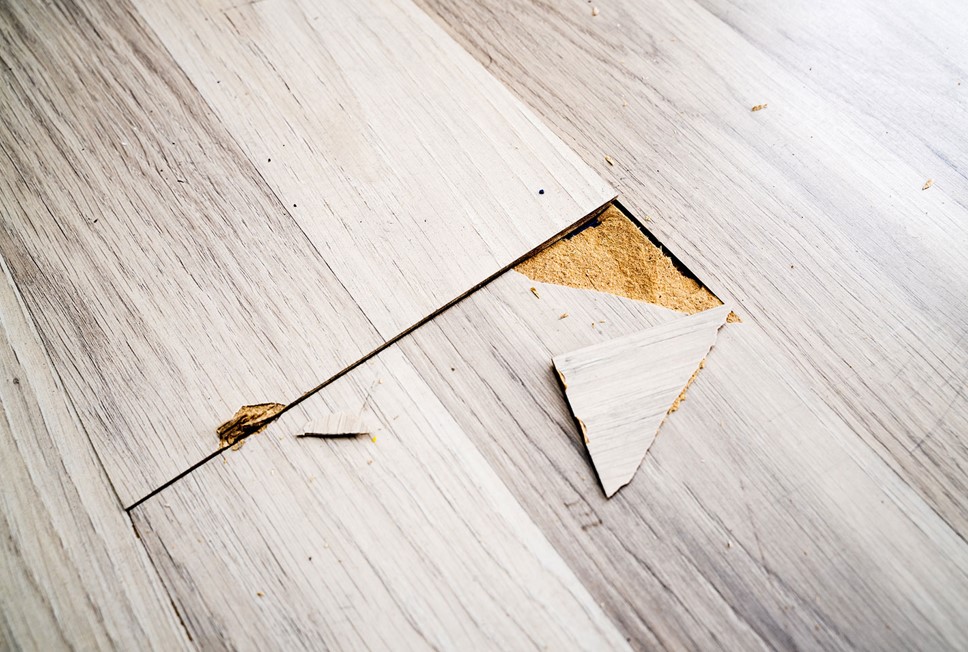In Chicago, relocating to a new house or place of business can be an exciting milestone. But, if your possessions are damaged in the process, it can quickly turn into a nightmare. You’ll be up at night worrying about broken furniture, dented walls, and scratched floors especially if you’re already concerned about the move.
Do not worry! STI Movers has got you covered. You can guarantee a seamless and damage-free move that helps you settle into your new place without a hitch with a few easy precautions and professional advice. In this detailed guide, we have provided our best advice on preventing property damage during a move, so you can relax and enjoy your new beginnings.
7 Tips to Avoid Property Damage While Moving
Avoiding property damage during moving plays a crucial role in a successful moving experience. Many professional moving companies in Chicago offer their first-hand assistance in this difficult time which not only saves you time and money but also ensures a hassle-free transfer. Read the following pointers to find out the 7 major tips for avoiding property damage during your relocation.
1. Hire Professional Movers to Ensure Safety
Opting for professional movers is one of the best ways to prevent property damage during a relocation. Professionals from established firms are trained enough to carefully and correctly handle anything from fragile glassware to giant pieces of furniture. This will reduce the chance of accidents while transporting your items to the required destination.
Professional movers also have the expertise and equipment to maneuver heavy or awkwardly shaped items through tight spaces, stairwells, and doorways. Their experience minimizes the risk of damage to both your belongings and the property, ensuring a smoother relocation. When hiring a moving company, research their reputation, reviews, and credentials to confirm you’re partnering with a reliable team.
2. Look for Insurance Policies
Ask a mover about their insurance coverage before hiring them. You will have options from a reputable moving company on the insurance that will protect you in the event of unintentional damage or loss during transportation. It is crucial to thoroughly review the terms and conditions of the contract to ensure that your possessions are carefully handled during the entire moving process.
Understanding the different types of coverage is important. While basic liability protection is often included, it only covers a fraction of an item’s value. Consider purchasing additional full-value protection for higher-value items or discussing specific insurance options for antiques and rare belongings. This proactive step ensures you’re fully covered in case of unforeseen incidents.
3. Utilize Appropriate Packing Supplies
Packing your belongings with appropriate packing supplies is essential for guaranteeing a safe transit. Make use of premium quality materials such as robust boxes, packing peanuts, bubble wrap, packing tape etc to ensure safety. Packing materials should be used to cushion and individually wrap fragile items without damage. Use the right size boxes and prevent over-packing.
Labeling boxes clearly also helps movers identify which ones require extra care. Group items by category and weight to avoid overloading or mixing fragile items with heavier objects. Properly packed boxes are easier to handle and less likely to collapse or spill during the move.
4. Use Furniture Sliders or Moving Blankets
While relocating, heavy furniture and appliances might harm the walls and floors. For protection against dents, scratches and other damages, use furniture sliders or moving blankets. Sliders will help to move heavy furniture pieces across the floors with ease and without creating friction. On the other hand, furniture is cushioned and protected during transit by moving blankets. This helps to lower the chances of possible damage to your belongings.
For additional protection, use corner guards to shield walls and doorframes from scrapes caused by sharp furniture edges. These small tools make a big difference, ensuring both your belongings and property remain intact.
5. Disassemble Larger Pieces
Large furniture and appliances should be moved carefully because they are tricky to move and have a higher potential of breakage, causing damage to your property. When possible, disassemble larger parts into smaller ones to make transportation easier and reduce the possibility of injuries occurring during transit.
Additionally, pack each item such as fridge, electronics or others in separate boxes for detailed attention throughout the process. Keep hardware like screws and bolts in labeled plastic bags to avoid losing them. Disassembling furniture not only protects the items but also makes navigating tight spaces significantly easier.
6. Measure the Doorways and Stairwells
Before bringing in huge objects, ensure that the doors and stairwells are large enough by measuring them. Heavy appliances or antique furniture may not be able to fit through small doorways or confined staircases. Furniture and other belongings might get damaged as a result. If necessary, remove door hinges temporarily to create enough space to move larger items.
It is advised to prevent major damage by taking the time to calculate in advance. Planning the layout at your new location also helps. Knowing where each item will go minimizes unnecessary moving around and reduces the chance of accidents.
7. Handle Fragile Items Carefully
Delicate and fragile items require extra caution and care during transit. Follow all the safety precautions to avoid breakage. Pack your fragile items in sturdy boxes and containers with a lot of cushioning and padding materials. Clearly label the boxes which contain breakables and provide movers with special instructions on how to handle them throughout loading, unloading and transportation.
Using specialty boxes, such as dish packs or wardrobe boxes, adds an extra layer of protection for glassware, electronics, and other sensitive items. Taking these steps ensures their safe arrival at your new home.
Conclusion:
In summary, preventing property damage during a move is essential to a smooth and successful transition. You may make sure that your possessions and property reach their new location securely and undamaged by employing safety tips and measures, such as hiring professional movers, utilizing protective materials, and handling items with meticulous attention. You can begin your new chapter with peace of mind and have a smooth and enjoyable moving experience if you have the appropriate mindset and techniques.



